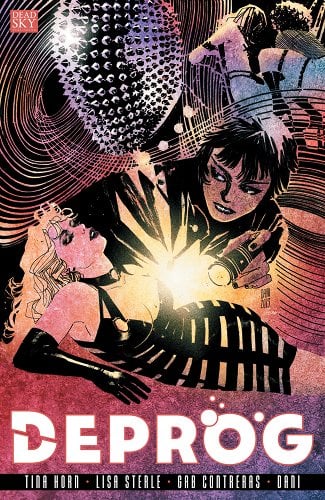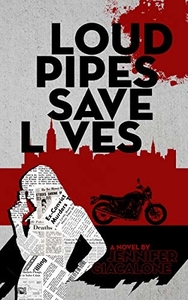If a gritty noir graphic novel with a “hardboiled hard drinking leather loving dyke detective” sounds up your alley, pick Deprog up—though you might want to give the content warnings a glance first. I thought that was what I wanted, but I quickly realized this was a darker read than I’m currently in the headspaceRead More
All The Pretty Girls Read Sapphic Stories: More Readalikes for Reneé Rapp’s Snow Angel
If you have Reneé Rapp’s album Snow Angel playing on repeat, these are the sapphic books you need to read! Pick up the one that matches your favorite song, or get the whole stack if it’s too hard to pick. You can get a copy of any of these titles from your local bookstore orRead More
A Supernatural Noir Novella About Love at All Costs: Even Though I Knew the End by C.L. Polk
Bookshop.org Affiliate Link What would you give up everything for? If you knew you were doomed, would you keep fighting? In fewer than 140 pages, the award-winning Even Though I Knew the End by C. L. Polk posits these questions with a heroine whose love and determination propel her through a fast-paced investigation to catch a killerRead More
Danika reviews The Dawnhounds (Against the Quiet #1) by Sascha Stronach
Amazon Affiliate Link | Bookshop.org Affiliate Link This is a queer, Maori-inspired, pirate, biopunk fantasy with worldbuilding so intense that I will be honest, I often was not following it all. It takes place mid-war, during a tense stalemate, in a city that’s bio-engineered plants to be buildings, weapons, and almost everything else. Metal isRead More
SPONSORED REVIEW: Loud Pipes Save Lives by Jennifer Giacalone
The city didn’t care. It lay serene as they all loved and teemed and scrambled and strove. Loud Pipes Save Lives is a thriller with a noir feel, following a New York cop, a vigilante women’s motorcycle club, and the many people tangled up in the ensuing investigation. From the beginning, I was pulled inRead More
Danika reviews Bury the Lede written by Gaby Dunn and illustrated by Clare Roe & Miquel Muerto
This is the third book I’ve read by Gaby Dunn, all back to back (to back). There are some similarities: I Hate Everyone But You and Please Send Help… also have a bisexual intern reporter whose moral compass may be a little bit off. But while the novels have an unshakable friendship at their core, whichRead More


